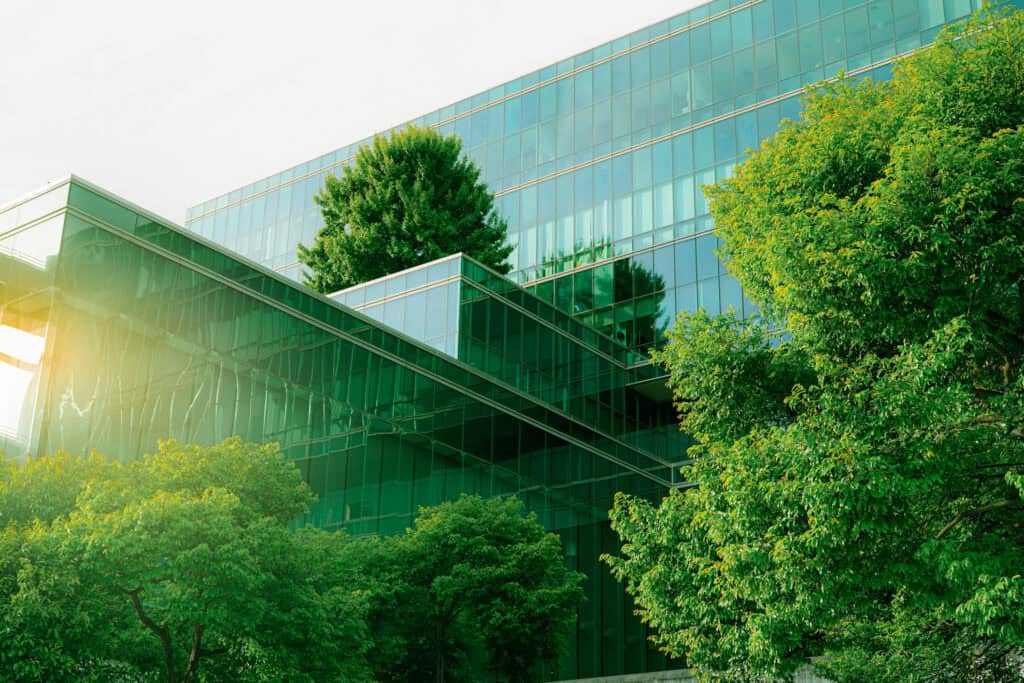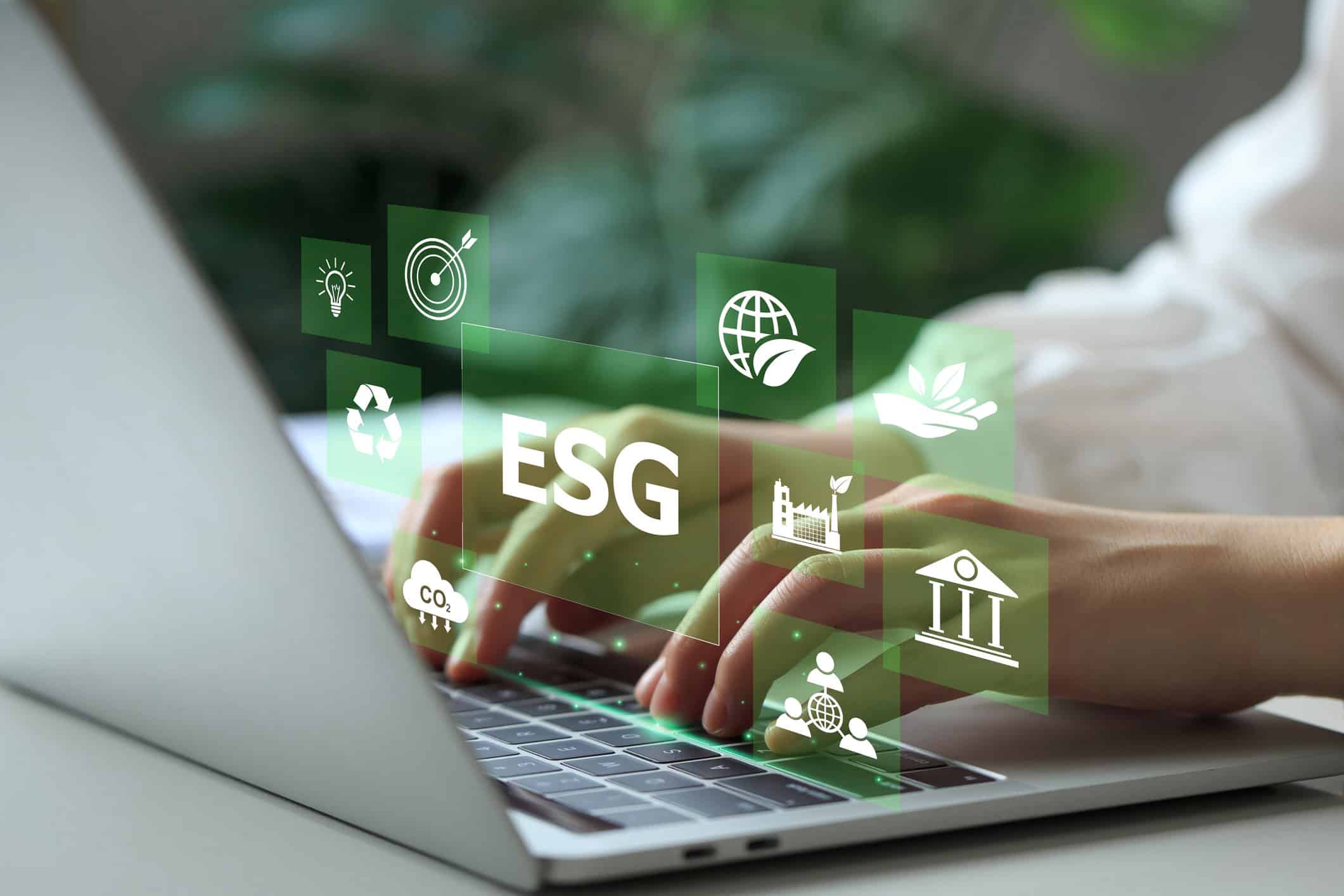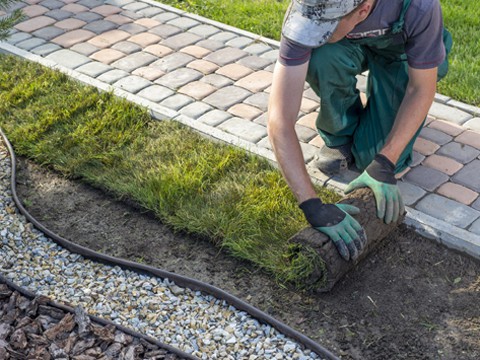In 2025, sustainability in facilities management is more than just a buzzword, it has become a critical part of how buildings are operated and maintained. With rising energy costs, pressure to meet environmental regulations, and an increasing demand from stakeholders for greener buildings, facilities managers are being called upon to lead the way.
At JKFM, we know what it takes to juggle compliance, cost efficiency, and tenant expectations across multiple sites. In this guide, we explore how a thoughtful and practical sustainability plan can support your building’s long-term performance and your company’s broader environmental goals.
Table of Contents
ToggleWhy Sustainability Matters in Facilities Management
Australian businesses face growing expectations from clients, regulators, and their own employees to operate more sustainably. On top of that, energy and resource costs continue to climb. Embracing sustainability means improving your operational efficiency while reducing your environmental impact.
When sustainability is part of your facilities strategy, you can:
- Lower your utility bills and ongoing maintenance costs
- Improve building performance and value over time
- Stay compliant with standards like NABERS and ISO 14001
- Align with corporate ESG (Environmental, Social, Governance) goals
- Attract environmentally conscious tenants and staff who care about where they work
Whether you’re managing a school in Perth, a logistics hub in Brisbane, or a multi-site retail operation nationwide, sustainable practices will help future-proof your facility.
Did You Know?
Commercial buildings account for 10% of Australia’s total greenhouse gas emissions, largely due to energy use for lighting, heating, and cooling. (Source: NABERS)
Core Elements of a Sustainable Facilities Management Plan
A strong sustainability plan includes several moving parts that work together to create impact over time. Let’s explore the key areas you should be focusing on:
1. Energy Efficiency and Emissions Reduction
Energy use is often the biggest contributor to a building’s environmental footprint, but it also offers the most potential for quick wins.
Where to start: Begin with an energy audit. This will show you where your biggest energy drains are coming from, such as lighting, HVAC, or equipment running outside of business hours.
What you can do:
- Upgrade older lighting systems to energy-efficient LEDs and include motion sensors in areas like storage rooms or bathrooms.
- Review your Building Management System (BMS). Are you using its full capabilities? Optimising your HVAC settings through your BMS can lead to noticeable savings.
- If your facility operates during daylight hours, solar panels might be worth exploring. Rebates in some states can reduce the upfront cost.
Energy savings don’t just show up on your power bill. They also help you improve your NABERS Energy rating, which can add value to your property and appeal to sustainability-minded tenants.
Did You Know?
Switching from halogen to LED lighting can reduce lighting energy consumption by up to 75%. (Source: energy.gov.au)
2. Waste Reduction and Circular Practices
Waste is unavoidable in any facility, but how it is managed can make all the difference.
Start by reviewing: What types of waste does your facility generate the most? Is it packaging, food, e-waste, or paper? Waste audits are useful for understanding what’s ending up in your bins and what could be recycled instead.
Practical ideas to explore:
- Set up clearly labelled recycling stations throughout your facility. Make it easy for employees and contractors to do the right thing.
- Transition to digital processes where possible. Going paperless for invoices, work orders, and internal forms saves trees and reduces clutter.
- If you regularly dispose of e-waste or hazardous materials, partner with a certified recycler to ensure compliance with local environmental laws.
You’ll not only save on waste disposal costs, but you’ll also boost your site’s overall environmental performance.
Did You Know?
The average Australian office worker generates about 1 kg of waste every day, much of which can be recycled. (Source: Planet Ark)
3. Water Conservation
Australia’s climate and frequent droughts make water conservation more than a nice-to-have, it’s essential.
Ways to manage water more effectively:
- Install water-saving fixtures like low-flow taps, toilets, and urinals. They’re easy to retrofit and don’t impact usability.
- Monitor water use with smart meters. Even a small leak can cost hundreds of litres per day if left unnoticed.
- Rethink your landscaping. Swapping thirsty plants for drought-tolerant varieties and using smart irrigation systems can reduce outdoor water use significantly.
Also consider greywater systems that reuse water from hand basins or showers for non-potable applications, such as irrigation or toilet flushing. These can be especially effective in large or multi-use buildings.
Did You Know?
Leaks from dripping taps and faulty toilets can waste more than 10,000 litres of water per year in a single facility. (Source: Sydney Water)
4. Sustainable Building Materials and Design
Whether you’re renovating, expanding, or just making routine upgrades, the materials you choose can affect everything from air quality to long-term costs.
Some things to keep in mind:
- Select paints, sealants, and adhesives that are low in volatile organic compounds (VOCs). These create a healthier indoor environment for everyone in the building.
- Use sustainably sourced timber and recycled steel where possible. Suppliers who hold certifications like FSC (Forest Stewardship Council) or GECA (Good Environmental Choice Australia) should be your go-to.
- Think long-term. Insulation, double-glazed windows, and shading devices not only improve thermal comfort but can also reduce heating and cooling costs for years to come.
Sustainable design decisions may involve higher upfront costs, but they often deliver savings through reduced maintenance, improved energy performance, and tenant satisfaction.
5. Compliance with Environmental Standards
Australian facilities are subject to a range of environmental regulations, and non-compliance can be costly.
Key programs and standards to be aware of:
This international standard helps organisations set up effective environmental management systems.
This Australian rating system benchmarks your building’s performance in areas like energy, water, waste, and indoor environment.
Each state and territory have their own regulations for managing hazardous waste, air emissions, and other environmental risks.
A good sustainability plan ensures your facility is meeting compliance obligations through clear documentation, regular inspections, and staff training. It also positions you to adapt quickly as new laws and expectations arise.

How to Build Your Sustainability Plan
Creating a sustainability plan doesn’t have to be overwhelming. Here’s how you can take a structured approach:
Step 1: Conduct a Sustainability Audit
Start by understanding where things currently stand. Review your usage of energy, water, waste, and materials. This gives you a realistic baseline and highlights where the biggest opportunities are.
Step 2: Set Measurable Goals
Rather than vague intentions, aim for specific, trackable outcomes. For example:
- Cut electricity use by 10% over the next 12 months
- Divert 70% of your waste from landfill by the end of next year
- Improve your NABERS Water rating to 4 stars by Q3
Step 3: Implement Inremental Upgrades
Tackle easy wins first, like switching to LED lighting or adjusting HVAC settings. Then map out a timeline for more complex initiatives, such as solar power or smart irrigation.
Step 4: Engage Your Team
Sustainability is a team sport. Involve everyone from cleaning staff to contractors, to tenants. Share your goals, celebrate progress, and make it easy for everyone to contribute.
Step 5: Monitor, Report, Improve
Use reporting tools or dashboards to track your progress. Annual reviews help you refine the plan and identify new opportunities as technology or building needs change.
Sustainability in Practice: JKFM’s Role
At JKFM, we help businesses across Australia put their sustainability plans into action. Whether you’re just starting out or looking to fine-tune existing practices, we offer tailored support through:
- On-site environmental audits
- Energy and water usage tracking
- Procurement of eco-friendly cleaning and maintenance products
- Staff engagement programs to keep sustainability front-of-mind
With JKFM, you’re not just ticking compliance boxes, you’re building better facilities for the long term.
FAQs about Sustainability in Facilities Management
A facilities sustainability plan is a roadmap that outlines how your building will reduce its environmental impact across key areas like energy, water, waste, and materials.
Begin with a sustainability audit. From there, benchmark your performance against NABERS ratings or ISO 14001 criteria, and assess how efficiently your building is running.
An important one. Your staff can help by reducing energy use, sorting waste correctly, reporting water leaks, and getting involved in green initiatives. Small actions add up.
Yes. We ensure your facilities meet Australian standards including WHS regulations, EPA waste management laws, and relevant ISO certifications.
Ready to Make Sustainability Part of Your Building Strategy?
A clear and practical sustainability plan helps reduce your environmental impact, control costs, and ensure long-term compliance. If you’re looking to implement or improve your plan, JKFM can guide you every step of the way. Let us help you run a cleaner, more efficient, and more future-ready facility.
Useful Resources for Sustainable Facilities Management in Australia
Looking to take the next step? These resources offer credible information, standards, and tools to help you build and maintain a compliant and effective sustainability plan:
- NABERS – National Australian Built Environment Rating System for benchmarking building performance.
- ISO 14001 Environmental Management Systems – International standard for environmental compliance.
- Green Building Council of Australia – Green Star rating system for sustainable building design and operation.
- EPA – Environmental compliance and regulations for waste, emissions, and hazardous materials.
- Energy.gov.au – Government advice on energy efficiency, rebates, and programs.
- Smart WaterMark – Water-saving products and practices endorsed by Australian water authorities.
- GECA (Good Environmental Choice Australia) – Certified sustainable products for procurement.
- FSC Australia – Certification for responsibly sourced timber and wood products.






